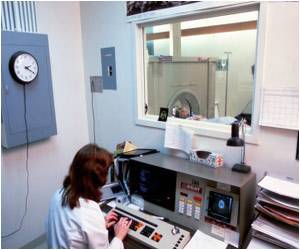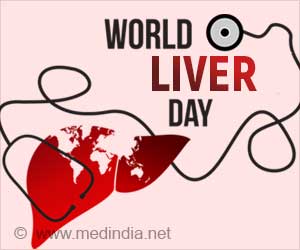Highlights
- Histiocytoses are a group of disorders in which there is abnormal increase and accumulation of white blood cells.
- Though it can successfully treated through chemotherapy in some, many develop resistance.
- New study states that genomic testing can be used to identify genes that trigger the disease and they can be successfully treated with targeted molecular durgs.
The most common type that primarily affects children is Langerhans cell histiocytosis (LCH) wherein the abnormal cells resemble epidermal Langerhans cells. Adults are more frequently affected by Erdheim-Chester disease (ECD).
Though half of the people can be treated using local control and combination therapy, many others become treatment resistant.
Still others develop irreversible end-organ injury associated with significant morbidity such as diabetes insipidus and anterior pituitary dysfunction, neurodegeneration, and end-stage hepatic cirrhosis.
Study
Fifteen patients (21%) carried the known BRAF mutation, and 11 patients (15%) carried various mutations in MAP2K1 that directly activate the MAP-kinase cancer pathway..
The approved cancer drugs were prescribed to the histiocytosis patients.
"In the last year, three patients we treated were infants with disease that was resistant to several rounds of intense chemotherapy. In the past, these children either would have suffered serious complications including death or would have had to endure more intensive treatments and the ensuing toxicities, including the risk of death," said lead investigator, Ashish Kumar, MD, PhD.
"All three are thriving now on one oral medication that put their disease into remission.” Kumar added.
Future Work
Researchers plan to test methodologies that could expand the use of genomic profiling of patient biopsies and targeted molecular therapies in more patients with recurrent, treatment-resistant disease.
"It's important for physicians and patients to know that LCH and other forms of histiocytosis are not that mysterious anymore," Kumar said. "We now have new treatments that dramatically improve outcomes for these patients."
The findings are reported in Journal of Clinical Investigation Insight (JCI Insight).
Reference
- Ashish Kumar et al. Real-time genomic profiling of histiocytoses identifies early-kinase domain BRAF alterations while improving treatment outcomes. Journal of Clinical Investigation Insight; (2017) doi.org/10.1172/jci.insight.89473DS1
Source-Medindia










